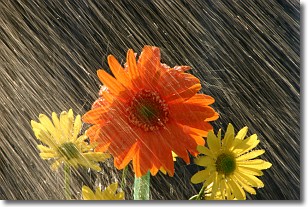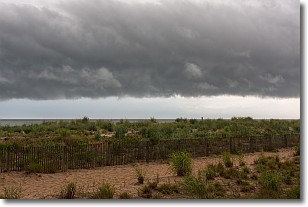Weather Alert in Minnesota
Fire Weather Watch issued May 10 at 2:35AM CDT until May 11 at 10:00PM CDT by NWS Grand Forks ND
AREAS AFFECTED: West Polk; Kittson; Roseau; Lake Of The Woods; West Marshall; East Marshall; North Beltrami; Pennington; Red Lake; East Polk; North Clearwater; Towner; Cavalier; Pembina; Benson; Ramsey; Eastern Walsh County; Eddy; Nelson; Grand Forks; Western Walsh County
DESCRIPTION: The National Weather Service in Grand Forks has issued a Red Flag Warning for wind and low relative humidity, which is in effect from 11 AM this morning to 9 PM CDT this evening. * AFFECTED AREA...In Minnesota, West Polk, Kittson, Roseau, Lake Of The Woods, West Marshall, East Marshall, North Beltrami, Pennington, Red Lake, East Polk and North Clearwater. In North Dakota, Towner, Cavalier, Pembina, Benson, Ramsey, Eastern Walsh, Eddy, Nelson, Grand Forks and Western Walsh. * WINDS...South 15 to 30 mph with gusts up to 40 mph. * RELATIVE HUMIDITY...As low as 20 percent. * IMPACTS...Any fires that ignite will spread rapidly and become difficult to control. Outdoor burning is not recommended. * ADDITIONAL DETAILS...Southerly winds will continue to increase over the weekend, with extremely warm temperatures arriving by Sunday. The hot temperatures, low relative humidity values, and strong southerly winds bring critical fire weather conditions today as well as Sunday afternoon. Focus for worst fire weather conditions is on Sunday as this is the day with the lowest RH, strongest winds and highest temperatures.
INSTRUCTION: A Red Flag Warning means that critical fire weather conditions are either occurring now, or will shortly. A combination of strong winds, low relative humidity, and warm temperatures can contribute to extreme fire behavior. A Fire Weather Watch means that critical fire weather conditions are forecast to occur. Listen for later forecasts and possible Red Flag Warnings.
Want more detail? Get the Complete 7 Day and Night Detailed Forecast!
Current U.S. National Radar--Current
The Current National Weather Radar is shown below with a UTC Time (subtract 5 hours from UTC to get Eastern Time).

National Weather Forecast--Current
The Current National Weather Forecast and National Weather Map are shown below.

National Weather Forecast for Tomorrow
Tomorrow National Weather Forecast and Tomorrow National Weather Map are show below.

North America Water Vapor (Moisture)
This map shows recent moisture content over North America. Bright and colored areas show high moisture (ie, clouds); brown indicates very little moisture present; black indicates no moisture.

Weather Topic: What is Precipitation?
Home - Education - Precipitation - Precipitation
 Next Topic: Rain
Next Topic: Rain
Precipitation can refer to many different forms of water that
may fall from clouds. Precipitation occurs after a cloud has become saturated to
the point where its water particles are more dense than the air below the cloud.
In most cases, precipitation will reach the ground, but it is not uncommon for
precipitation to evaporate before it reaches the earth's surface.
When precipitation evaporates before it contacts the ground it is called Virga.
Graupel, hail, sleet, rain, drizzle, and snow are forms of precipitation, but fog
and mist are not considered precipitation because the water vapor which
constitutes them isn't dense enough to fall to the ground.
Next Topic: Rain
Weather Topic: What are Shelf Clouds?
Home - Education - Cloud Types - Shelf Clouds
 Next Topic: Sleet
Next Topic: Sleet
A shelf cloud is similar to a wall cloud, but forms at the front
of a storm cloud, instead of at the rear, where wall clouds form.
A shelf cloud is caused by a series of events set into motion by the advancing
storm; first, cool air settles along the ground where precipitation has just fallen.
As the cool air is brought in, the warmer air is displaced, and rises above it,
because it is less dense. When the warmer air reaches the bottom of the storm cloud,
it begins to cool again, and the resulting condensation is a visible shelf cloud.
Next Topic: Sleet
Current conditions powered by WeatherAPI.com




